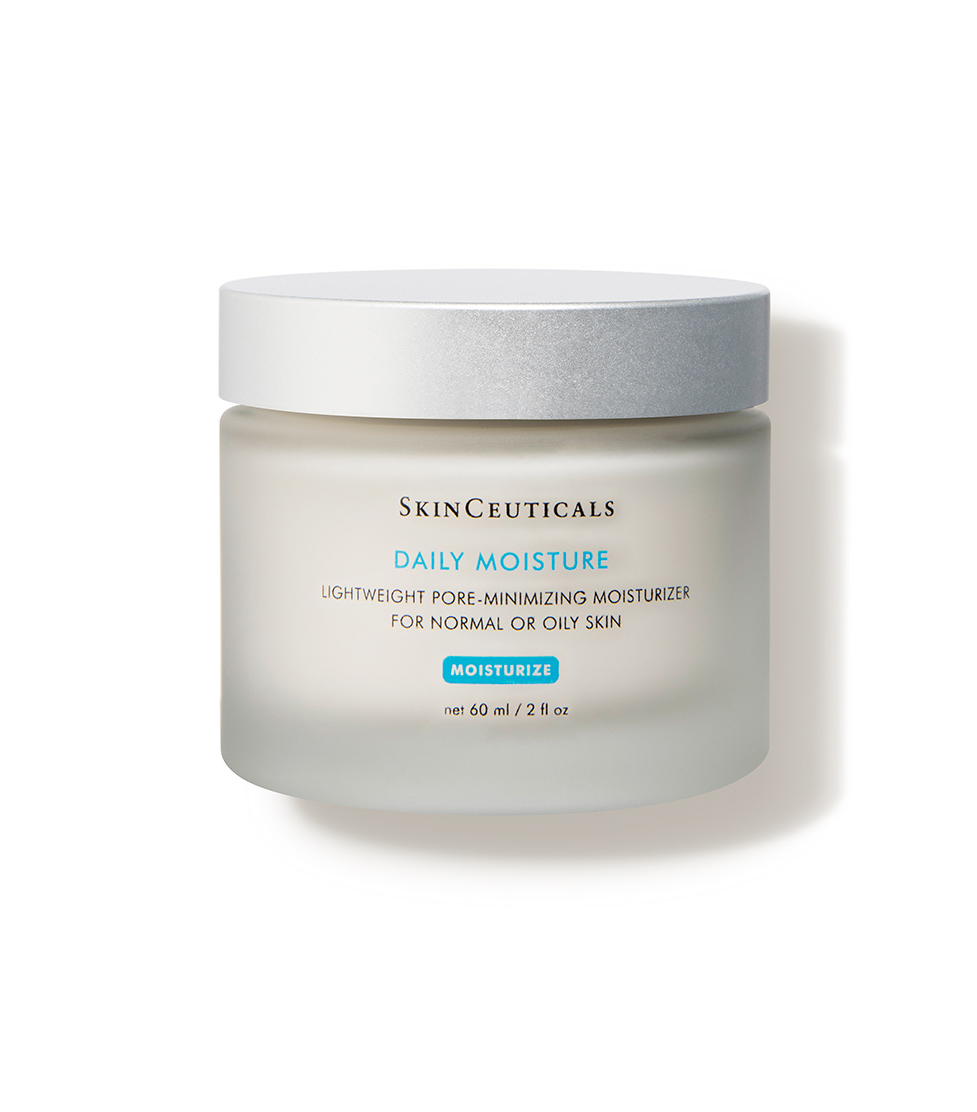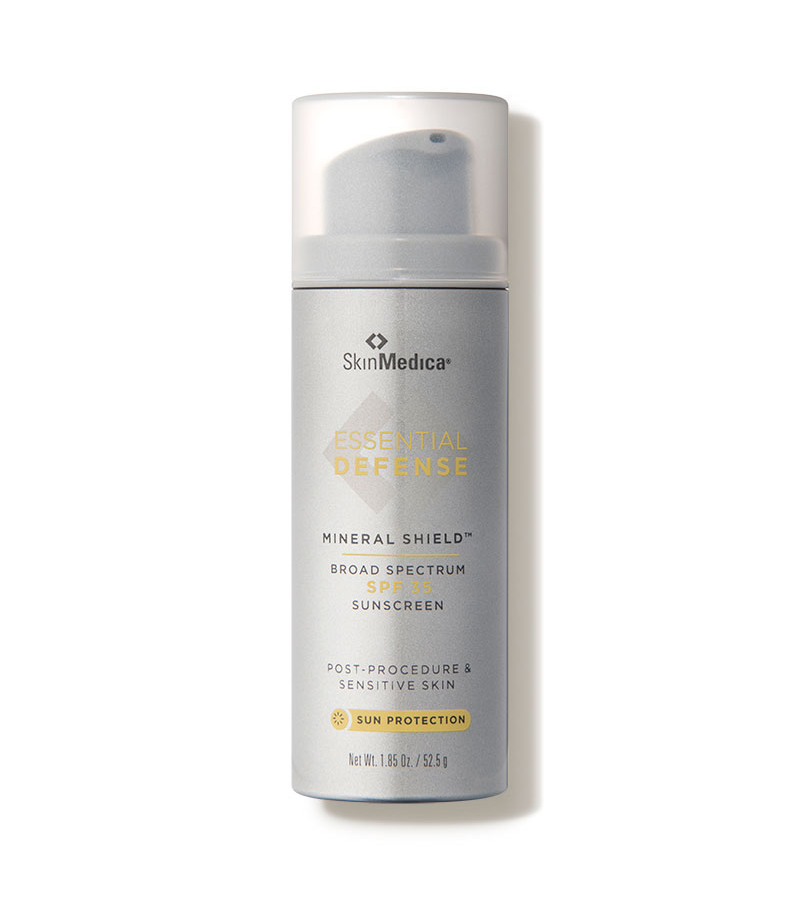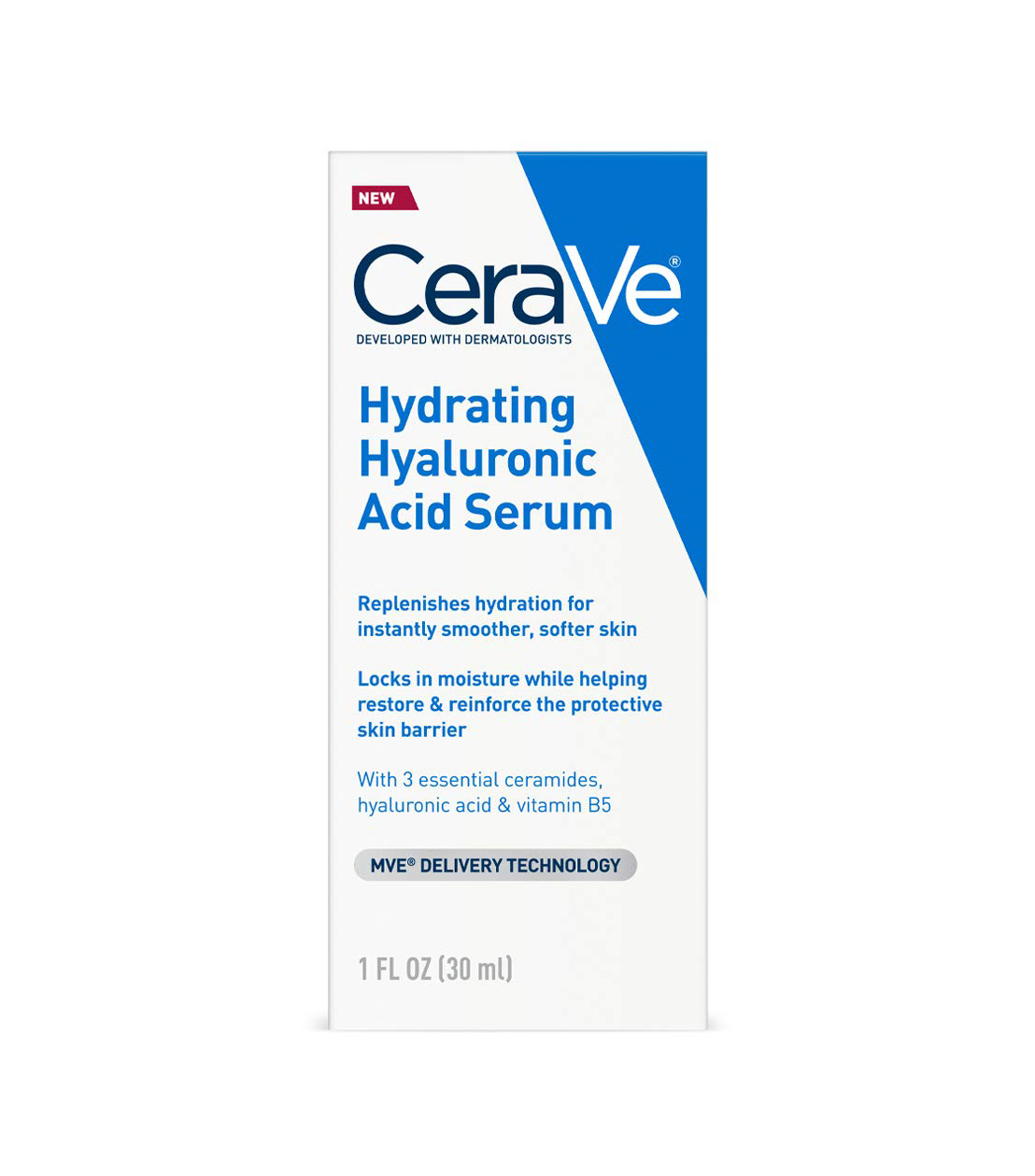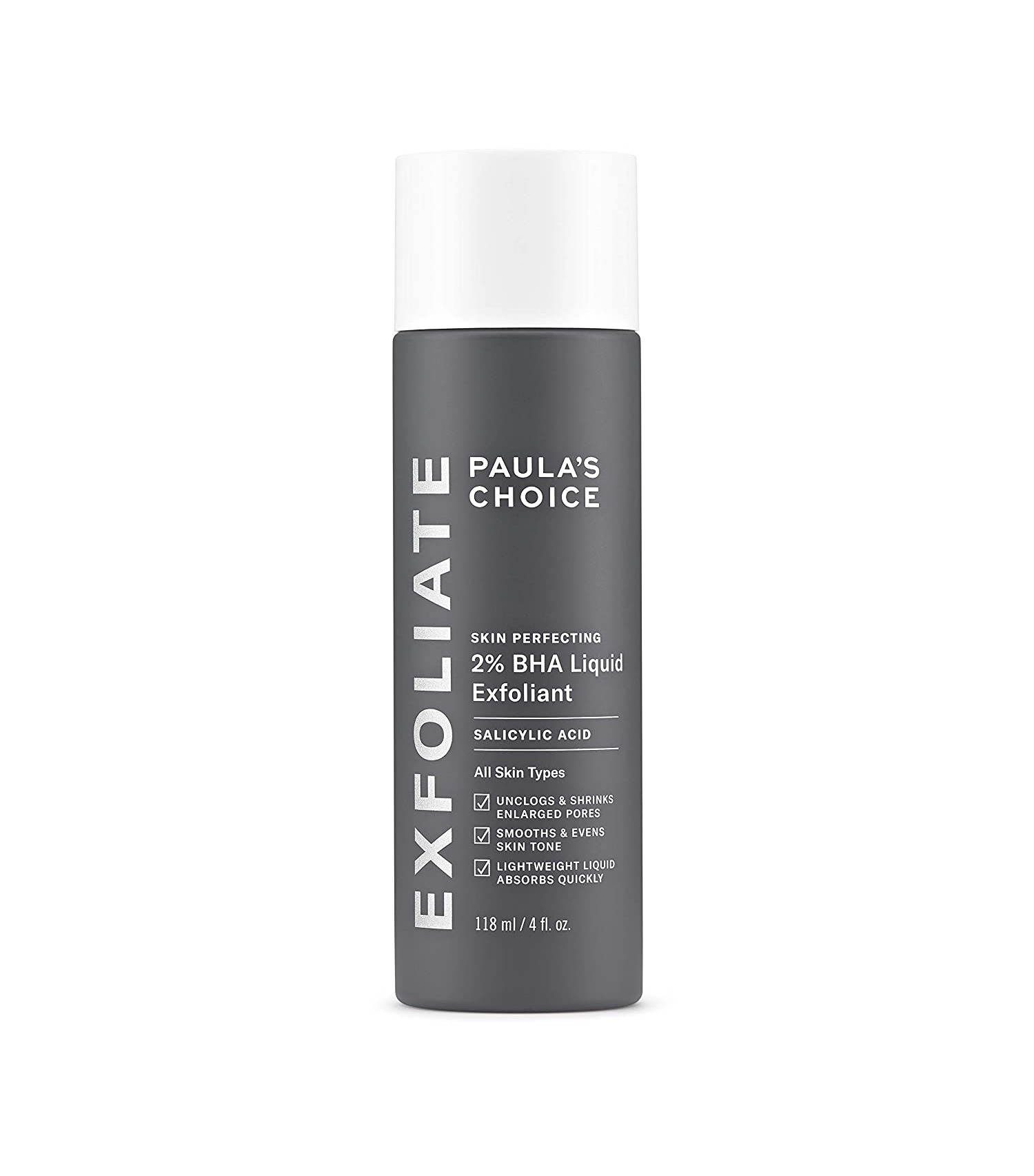Okay, Here's How to Figure Out If You Have Combination Skin or Not
Do you know your skin type? It's so important to figure this out because it can set you up for success in so many ways. When you know your skin type and its specific needs, you can look for the products that are specially formulated for it and take up some skincare routine habits that can really make a difference. Because you wouldn't want to spend money and use a product that really isn't doing anything for your skin health.
But sometimes figuring out your skin type isn't exactly simple. For me, it took a long time to figure out because at times I thought my skin didn't have very many problems—it wasn't oily, dry, or irritated. But then during certain times of the year, I would go through extreme bouts of dryness and deal with irritated skin. Now, I think I just have a normal skin type that might change when the seasons change.
You, on the other hand, might find that your skin is a mix of both oily and dry. And that can be classified as combination skin.
What Is Combination Skin?

Heather D. Rogers, MD, founder, and CEO of Doctor Rogers Restore and co-founder of Modern Dermatology, says combination skin is a broad term used to describe skin with areas of the face that behave differently. For example, some areas of the face, like your forehead, nose, and chin, might be oily, but your cheeks and eyelid skin might be drier.
Okay, that makes sense, right? But here's the kicker: Rogers says, in a way, everyone has combination skin because we all have different oil gland sizes on our faces. "Our most prominent oil glands are located where the skin is thicker, like the forehead, nose, and chin," she explains. "It's important to note that oil gland size is unique to each person depending on skin composition. For example, I have dry skin everywhere. But my T-zone is less dry than my eyelid skin and cheeks, where my oil glands are smaller."
What Are the Skincare Concerns for Combination Skin?
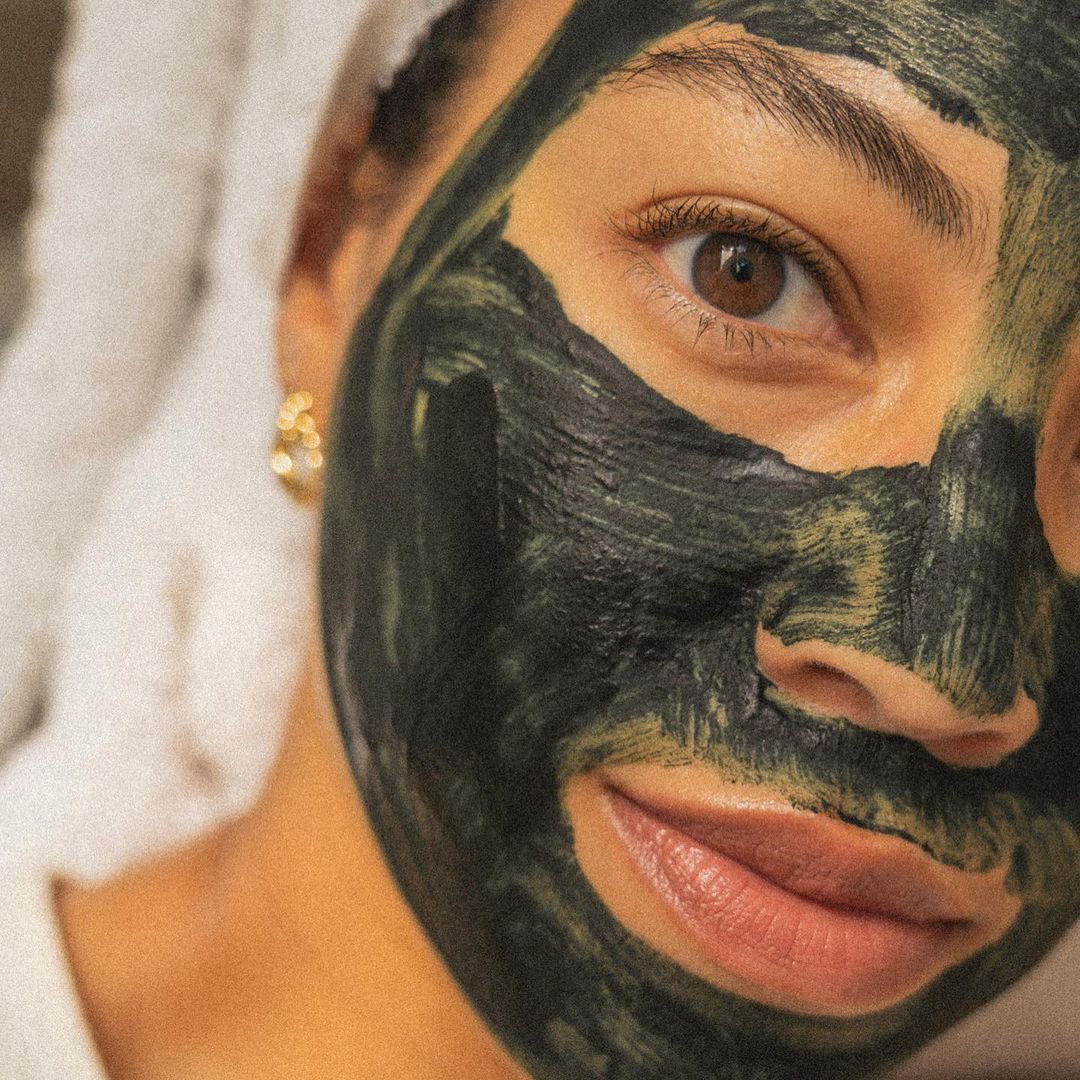
Since the skin is a mix of both oily and dry, it might be difficult to find a balance. Kathleen S. Viscusi, MD, FAAD, FACMS, co-founder and partner at Dermatology and Surgery Specialists of North Atlanta (DESSNA), says that one common pain point for her patients is that it's a constant struggle to find skincare products that control oil production without being overly drying.
But Rogers adds that you don't have to use one hydrating product on one part of your face and another oil-absorbing product on another part. "People often worry that they need to treat these areas differently, so they buy specific products to target dry areas and other products to target oily areas. This is completely unnecessary!" she says. "If you strip your oily skin with a drying toner, it often overcompensates by producing more oil to replace it, which has the opposite effect you want."
How to Take Care of Combination Skin
So how can you please both the oily parts of your face and the dry parts of your face? Rogers suggests actually focusing on the drier, more sensitive skin. "Ensure these areas get enough hydration and not too much of the treatment products (like antioxidant serums and retinols)," she says. "For your oilier areas that are more resilient, use a bit more of the treatment and even a bit less of the moisturizer if needed. Don't overcomplicate things! Use all the same products just in varying amounts depending on your skin's unique needs."
You don't want to overdo it with the products, which is what Viscusi often sees with her patients. Just say no to excessive washing and overuse of toners and exfoliators. And don't skimp on the sunscreen, it's important no matter your skin type. Viscusi recommends a mineral-based, broad-spectrum UVA/UVB sunscreen with SPF 30 or higher to create a balanced environment. "UV radiation only exacerbates the unevenness and irregularities in those with combination skin as the skin's natural ability to repair and restore itself is impaired when it is damaged by the sun," she adds.
Rogers shared a general routine for combination skin with us:
Morning Routine:
Splash your face with water. If you have very oily skin, you can wash it but still use a gentle cleanser.
Apply an antioxidant-rich serum with vitamin C for a layer of pollution protection.
Moisturize based on what your drier skin areas need. The drier your skin, the heavier the moisturizer, and just use less on the oiler areas of the face.
Apply a zinc-based sunscreen. This is the essential step if you really want to prevent premature aging. Don't skip it!
Nighttime Routine:
Cleanse the skin to remove the day's buildup from pollution, sweat, dirt, oil, and makeup.
Incorporate a treatment product, like AHA/BHA or retinoids that work most effectively without the sun and during the sleep cycle when the body is most responsive to repair. Apply to oily areas of your face first and use the leftovers or even skip some nights in the dry areas.
Apply your moisturizer starting in your drier areas and using the leftovers in your oiler areas.
Ingredients to Look for and Avoid When You Have Combination Skin
When shopping for skincare products, there are the ingredients you'll want to prioritize and some you'll want to avoid.
"Hyaluronic acid is a great moisturizing option for combination skin—it's unlikely to clog pores, yet effectively hydrates," Viscusi says. "And AHAs and BHAs are great options to assist with excess oil production without overly drying out the skin."
Rogers also recommends looking for ingredients that are on clean lists, like squalane, niacinamide, glycerin, zinc oxide, and vitamin C.
And as for what to avoid, Rogers says you'll want to stay away from any ingredients that cause inflammation or are harmful to the skin or environment, which is important regardless of skin type. This includes fragrance, essentials oils, PEGs, parabens, and chemical sunscreens. "Basically, any of the 1400 ingredients banned in the EU! The EU has the strictest cosmetic ingredient regulations in the world. Give your body good ingredients, and it will give you good skin!" she adds.
Viscusi also warns against abrasive ingredients, like glycolic acids and alcohols. "These can strip your skin of its natural oils and cause an imbalance, leading to excess oil production," she explains. "You also want to avoid super heavy moisturizers especially in areas where you find additional oil production."
And if you're ready to shop, take a look at some product recommendations below.
The Best Products for Combination Skin
Cleansers
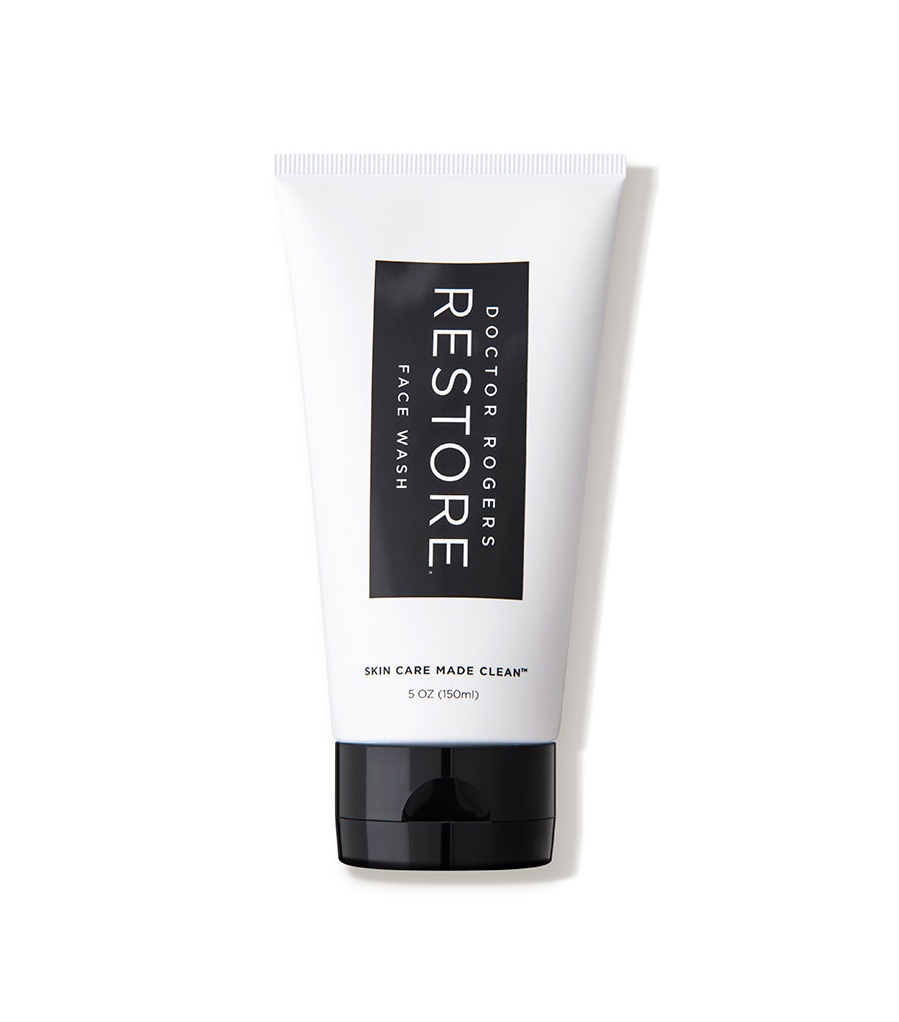
Rogers recommends her own face wash, which she says is a foundation for skincare that's safe and effective, and made with premium clean, biodegradable ingredients that soothe your skin.
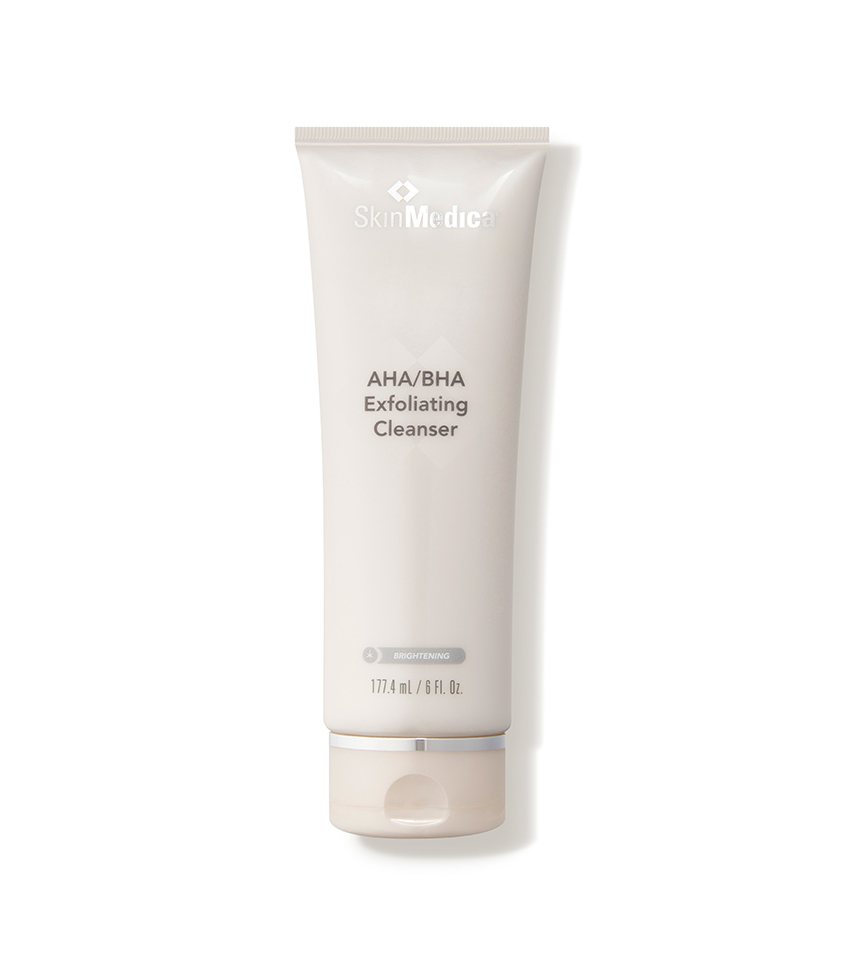
Viscusi says this is her absolute favorite. "It contains salicylic acid as well as a blend of fruit extracts, jojoba oil, and citric acid," she says. "It works as a light exfoliant to improve the skin's overall tone and texture without being overly drying or irritating. I recommend using this cleanser a couple of times a week, especially in the summer as skin often is oilier during this time."
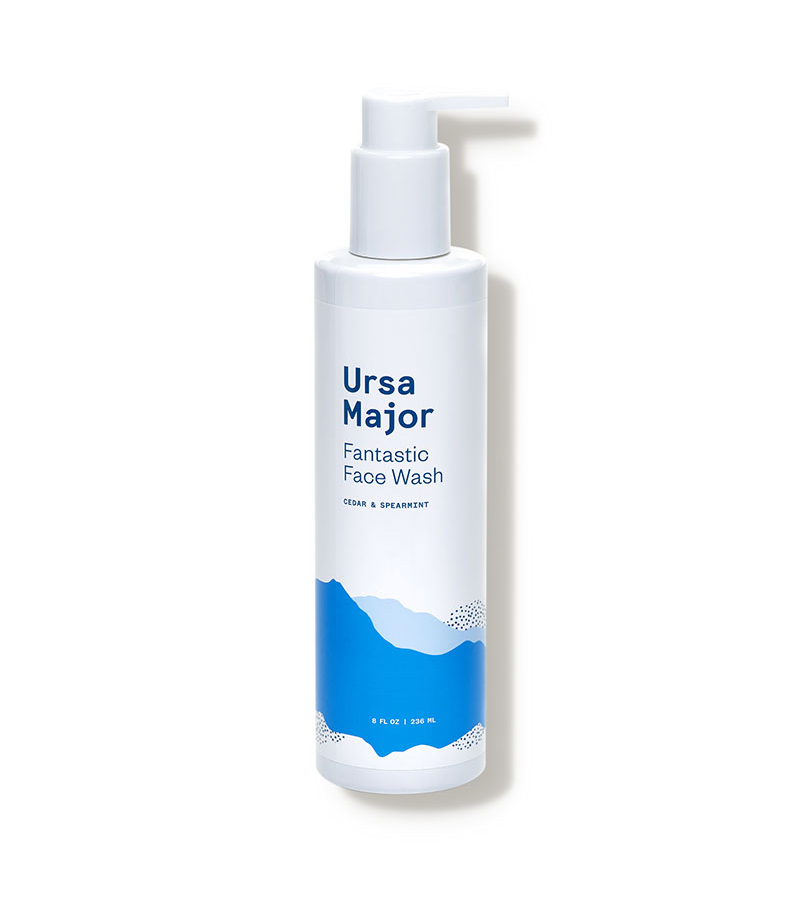
Ursa Major's face wash works well on not only combination skin types but also normal and oily types. It's a foaming gel cleanser that has naturally derived cleansing agents, plus lemon, aloe, sugarcane, green tea, and rice seed. It works to cleanse, exfoliate, brighten, and hydrate the skin.
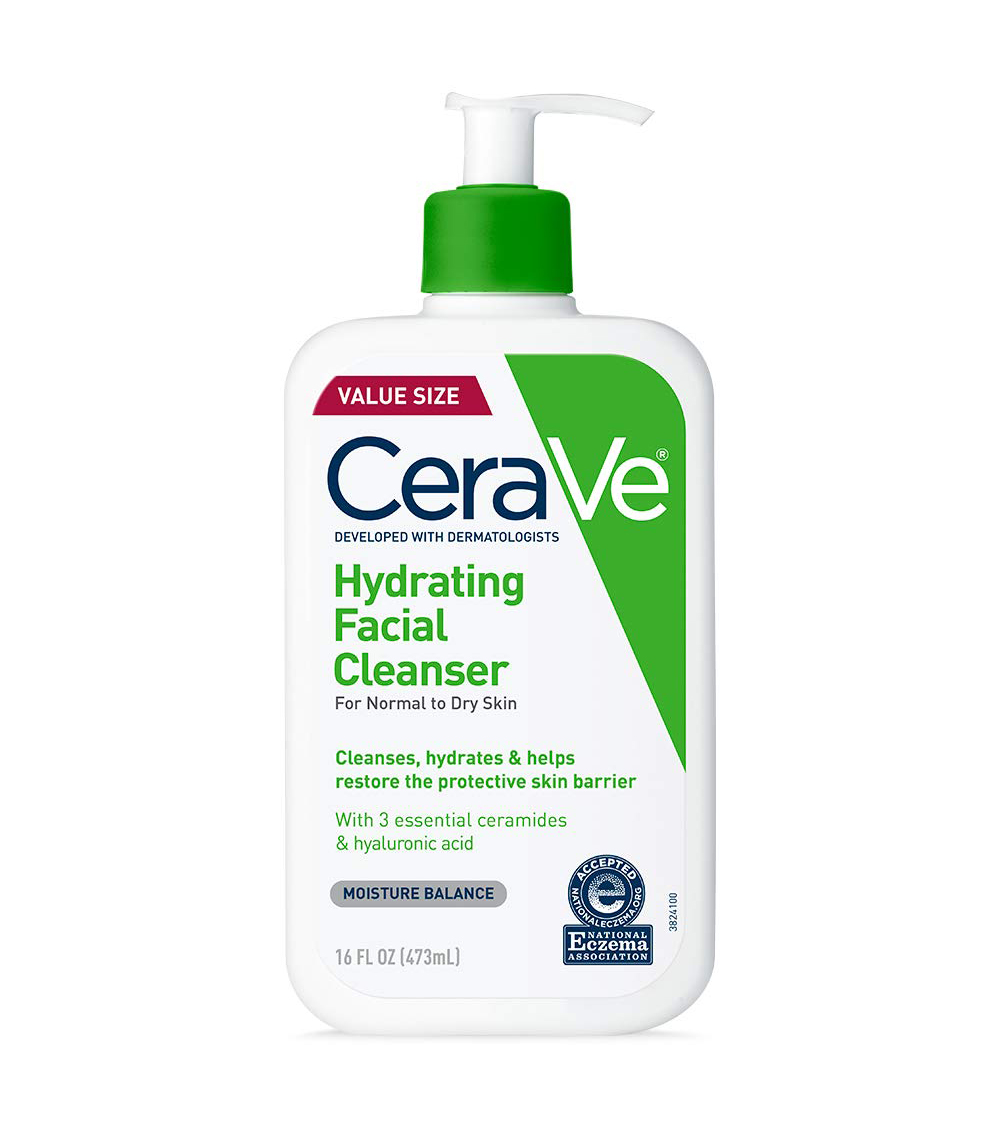
CeraVe's Hydrating Facial Cleanser will definitely check the box for dry skin. The gentle formula contains hyaluronic acid, ceramides, and glycerin.
Moisturizers and Eye Creams
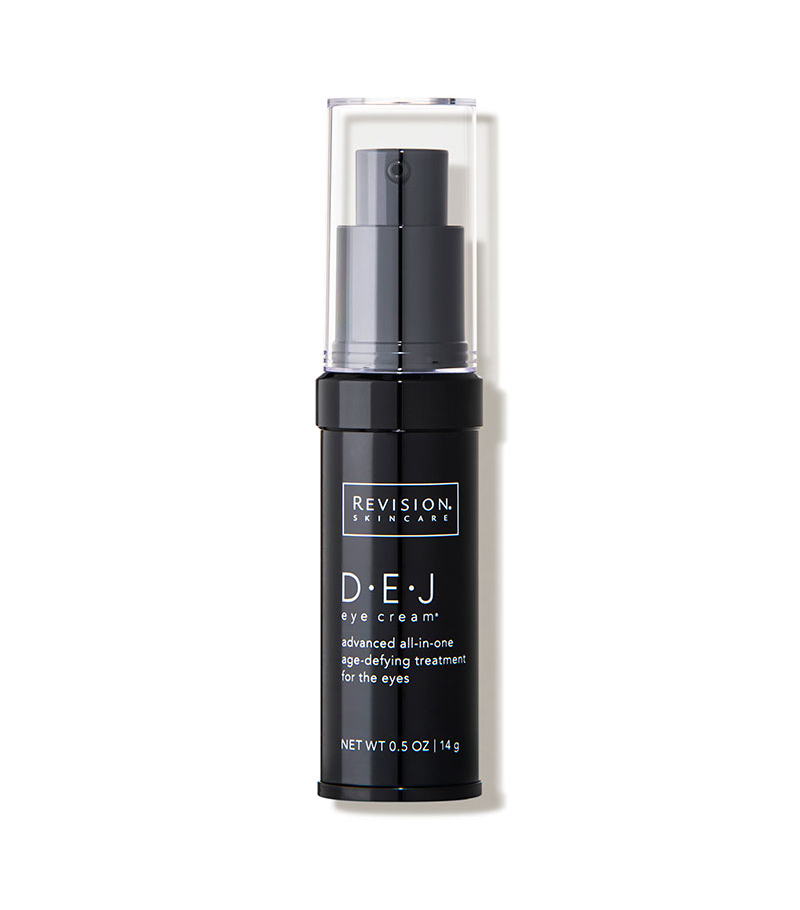
"This is another must-have for combination skin," Viscusi says. "This unique eye cream utilizes pioneering 'Pathway Technology' and 'Prebiotic Innovation' to address puffiness, fine lines, and dark circles simultaneously while providing serious but well-balanced moisturization that is needed in this area if you have classic combination skin. I also love that while safe and effective, it also is friendly to those with allergies, eczema, and sensitive skin—so those with all skin types, including combination skin, can feel comfortable using this eye cream."
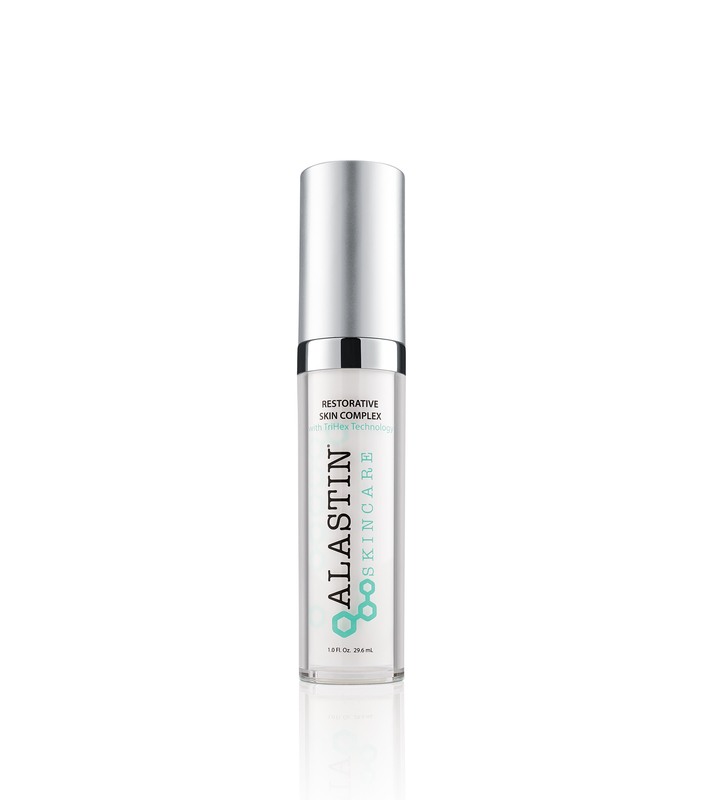
Viscusi says this product is an incredible anti-aging option for combination skin types. "This well-balanced moisturizer is deeply hydrating yet still lightweight. It is also highly effective at combating the visible signs of aging as it contains Patented TriHex Technology, unique in its ability to promote the production of elastin!" she explains. "Elastin along with collagen and hyaluronic acid are all essential components of our extracellular skin matrix (ECM) that provide our overlying skin with support, volume, and moisturization. Alastin Restorative Complex is ideal for smoothing fine lines and wrinkles and restoring skin health for a vibrant, more youthful appearance, all with a non-comedogenic formula."
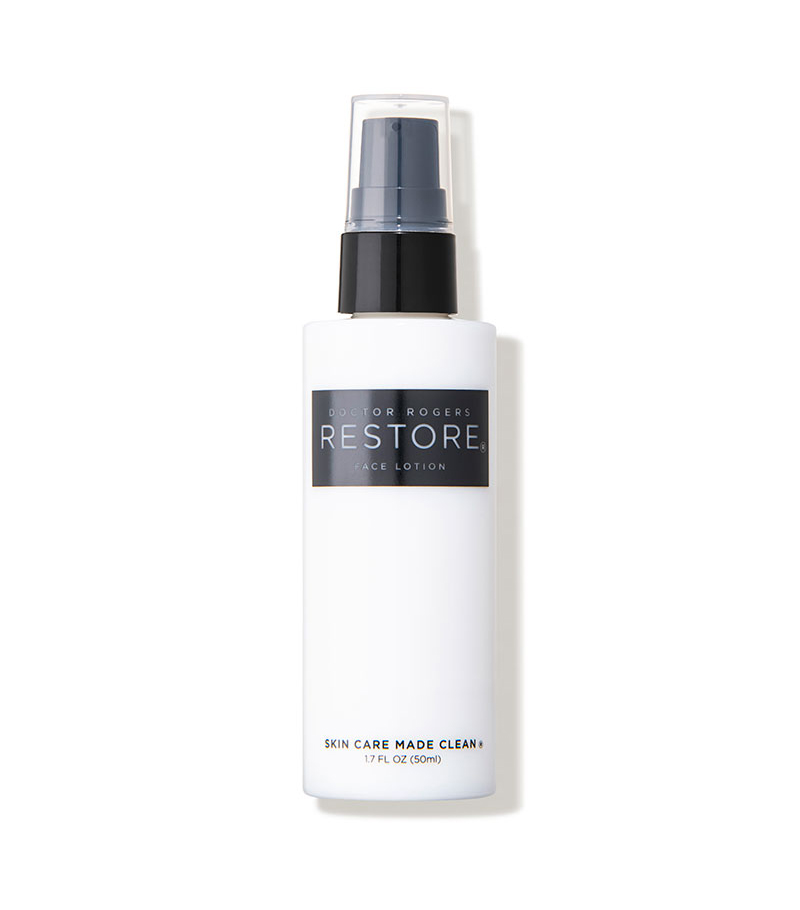
Rogers also recommends her face lotion, which is a lightweight, daily moisturizer. It's formulated with adenosine, to improve smoothness; niacinamide to reduce the appearance of fine lines and enlarged pores; and centella asiatica extract, to soothe inflamed skin.
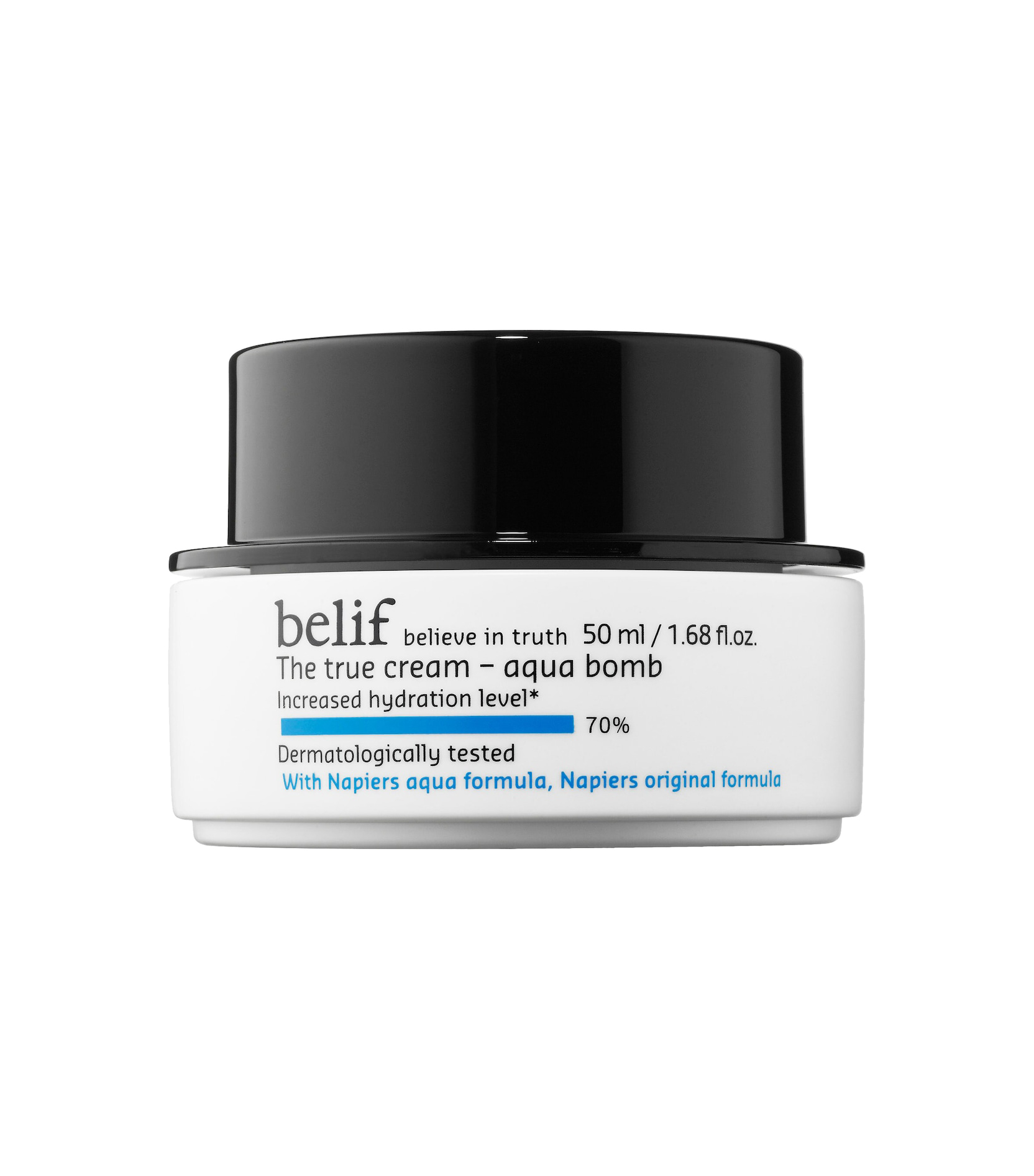
This gel-cream works well with combination, normal, and oily skin types. When you apply it, it automatically deeply hydrates the skin. It's formulated with moisturizing and nourishing ingredients like Lady's Mantle, ceramides, and glycerin.
Serums and Treatments
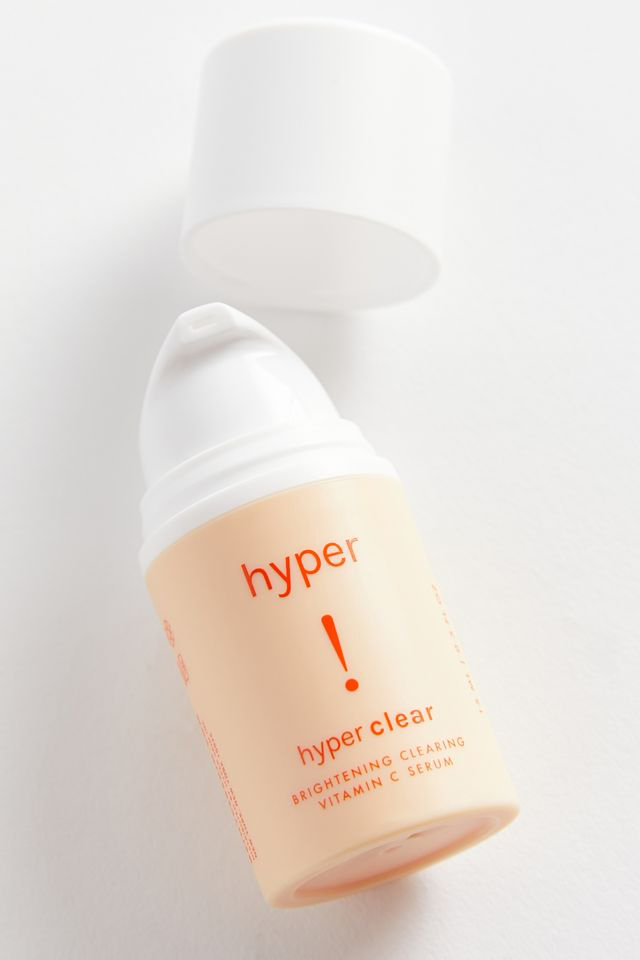
"It's excellent for combination skin and packed with 15% vitamin C, antioxidants, and fruit enzymes to gently exfoliate and brighten skin while protecting it from free radical damage," Rogers says.
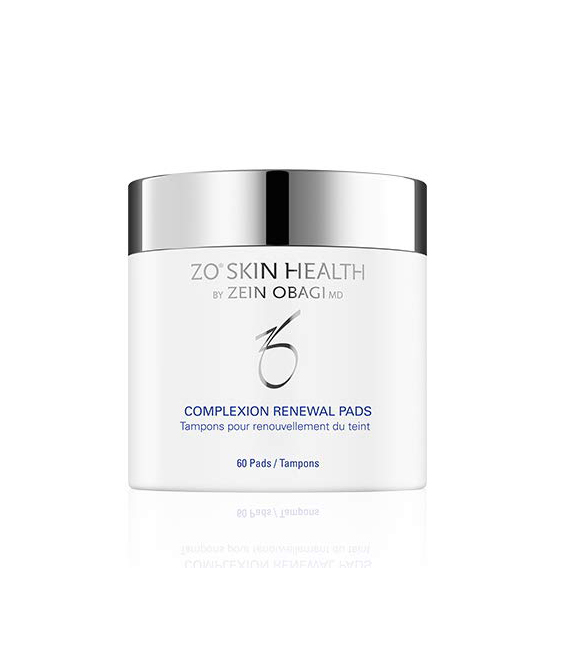
"These pads remove excess oil and pore-clogging debris to renew and tone skin with a non-drying formula, making them a great option for those with combination skin," Viscusi says.
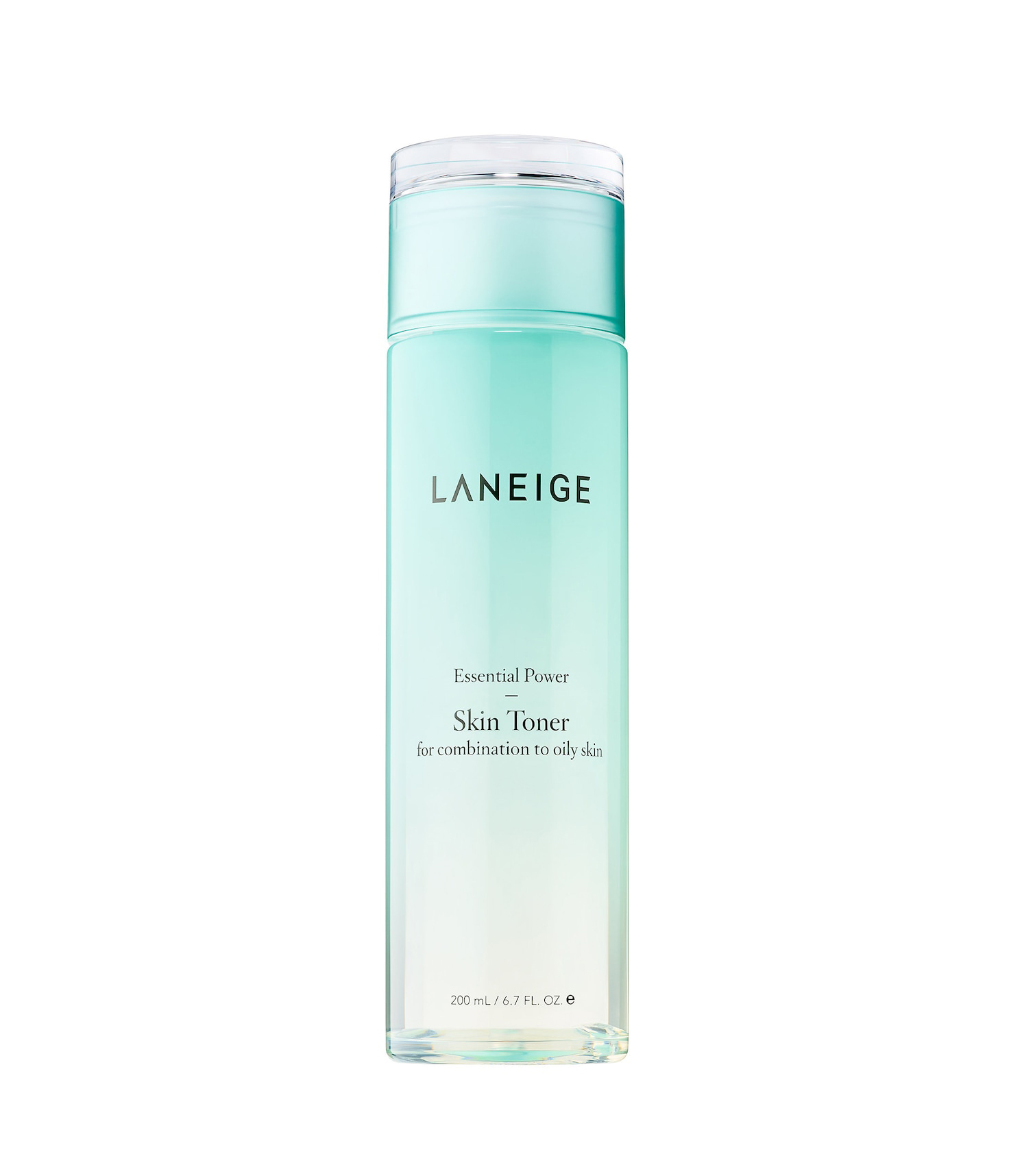
This toner will refine and purify the skin, but it won't dry it out. It's formulated with hydro ionized mineral water to replenish the skin and restore the skin's moisture levels.
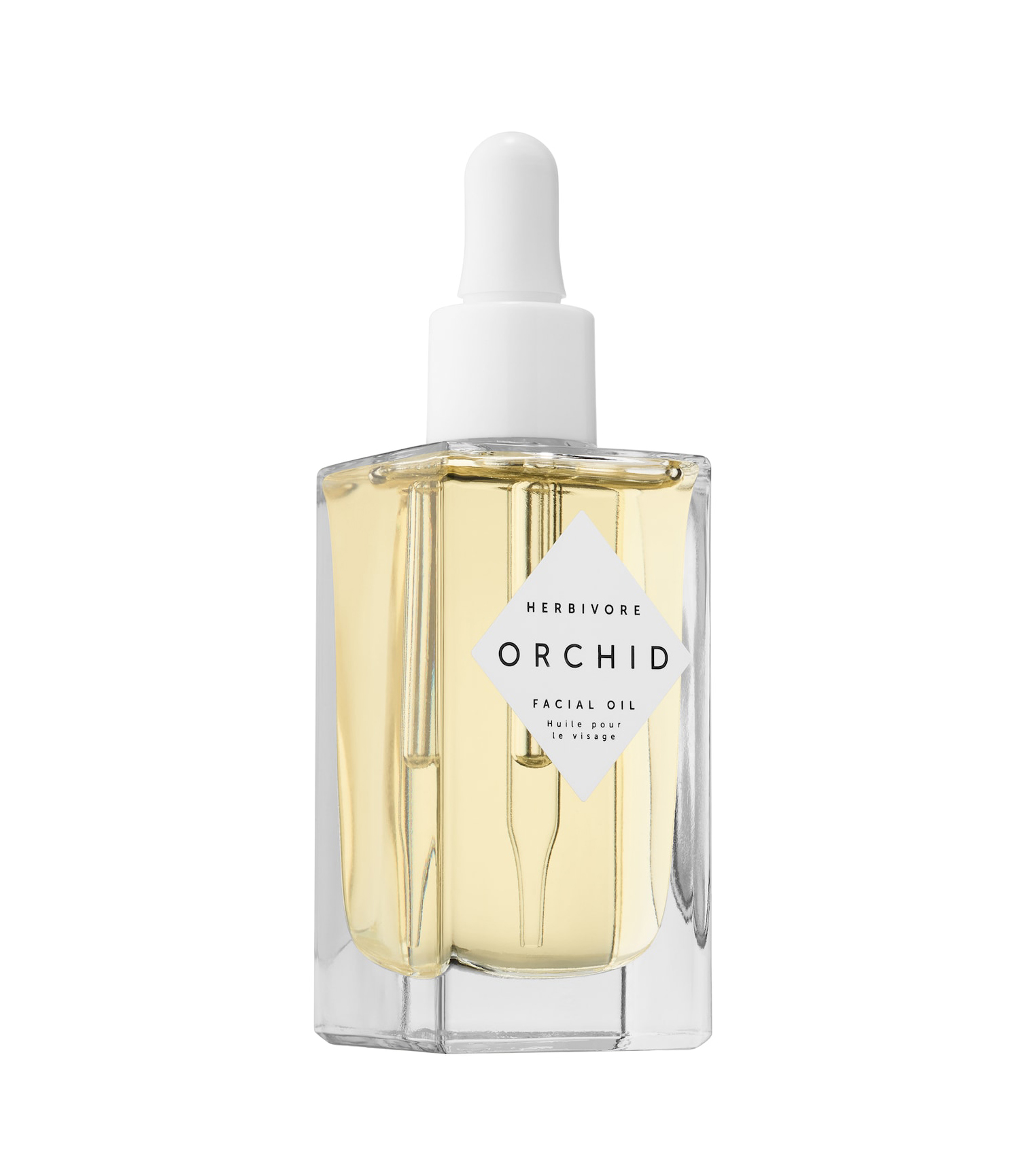
A blend of orchid extract, jasmine sambac, and Japanese camellia flower oil, this facial oil targets dryness and a loss of firmness. You'll also get antioxidant protection with this one.
Sunscreens
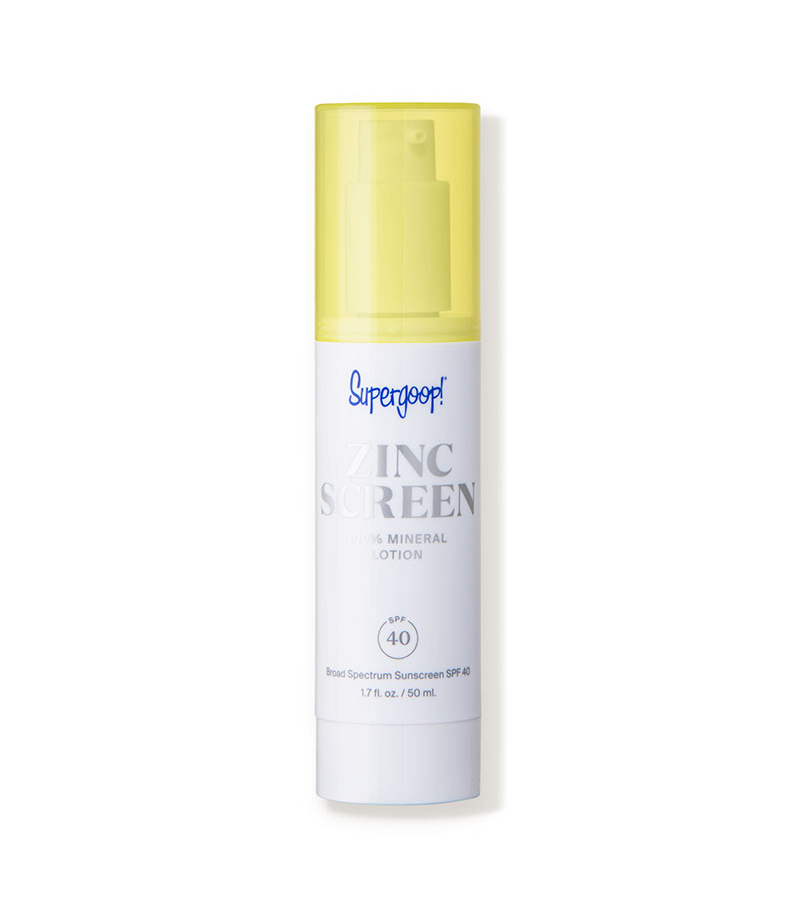
Rogers recommends this one, along with Supergoop's Sheer Screen. The Zinc Screen is formulated with zinc oxide to guard against the sun. And it also contains blueberry and winter cherry for environmental damage protection.
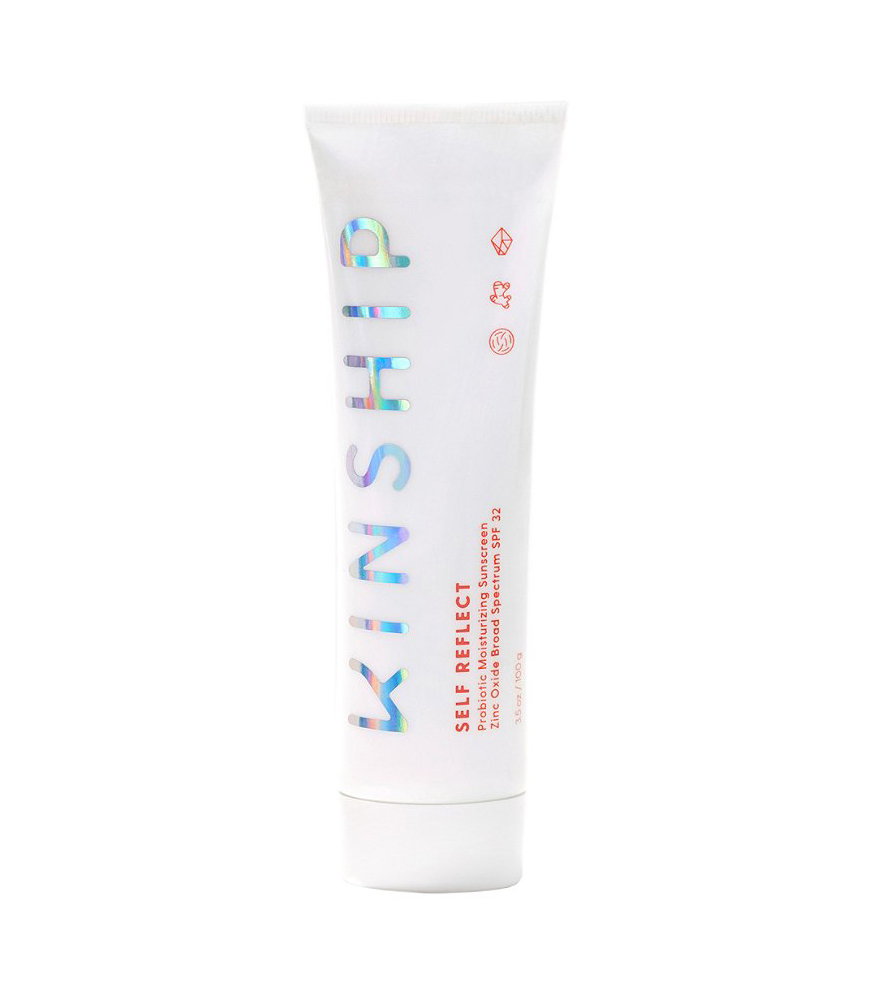
Another favorite from Rogers, Kinship's sunscreen is a 100% mineral, reef-safe formula. In addition to zinc oxide, it contains turmeric for an antioxidant boost and probiotics to support the skin barrier.
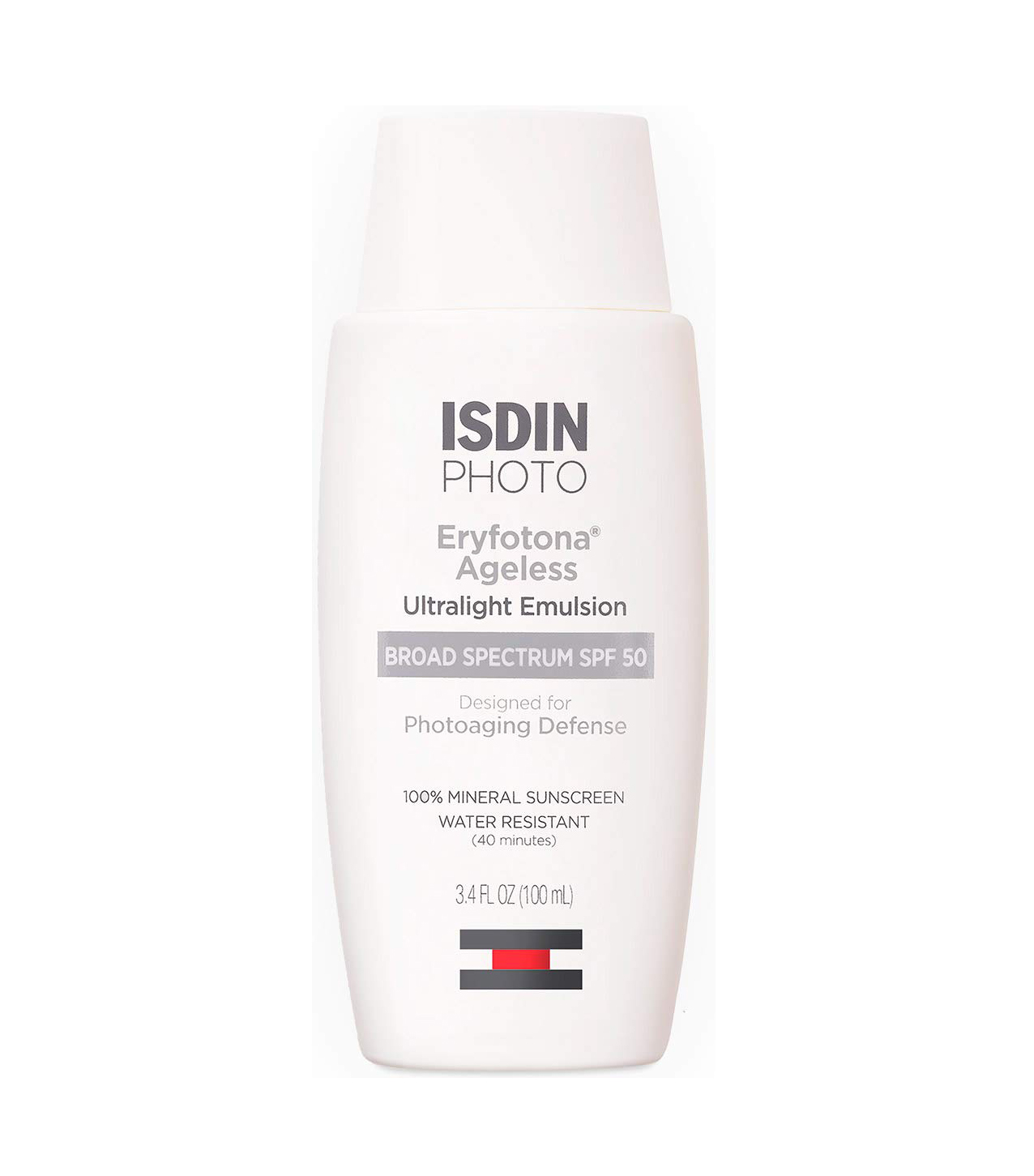
"This is a perfect go-to SPF for combination skin," Viscusi says. "While Eryfotona deeply nourishes and moisturizes the skin with vitamin E and potent antioxidants, the product is mineral-based, non-greasy, and super lightweight with one of the silkiest finishes I've come across. Plus, I love that it provides sun protection as well as tinted coverage."
Next: My Skin Is Parched—These Products Are My Hydration Saviors
Sarah is lifestyle writer and editor with over 10 years of experience covering health and wellness, interior design, food, beauty, and tech. Born and raised in Los Angeles, she attended New York University and lived in New York for 12 years before returning to L.A. in 2019. In addition to her work at Who What Wear, she held editor roles at Apartment Therapy, Real Simple, House Beautiful, Elle Decor, and The Bump (sister site of The Knot). She has a passion for health and wellness, but she especially loves writing about mental health. Her self-care routine consists of five things: a good workout, “me” time on the regular, an intriguing book/podcast/playlist to unwind after a long day, naps, and decorating her home.
